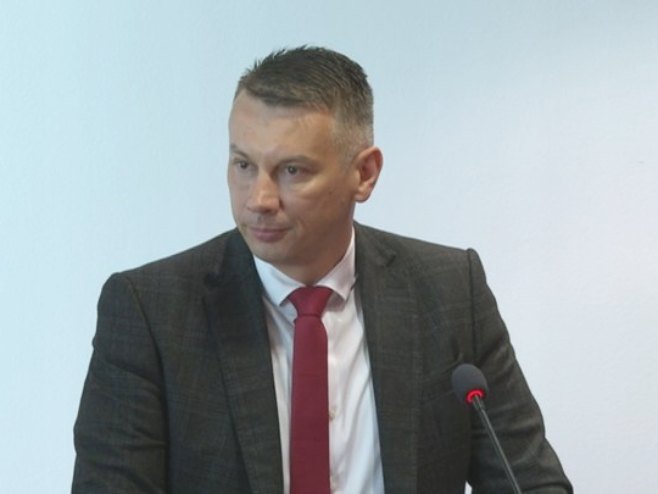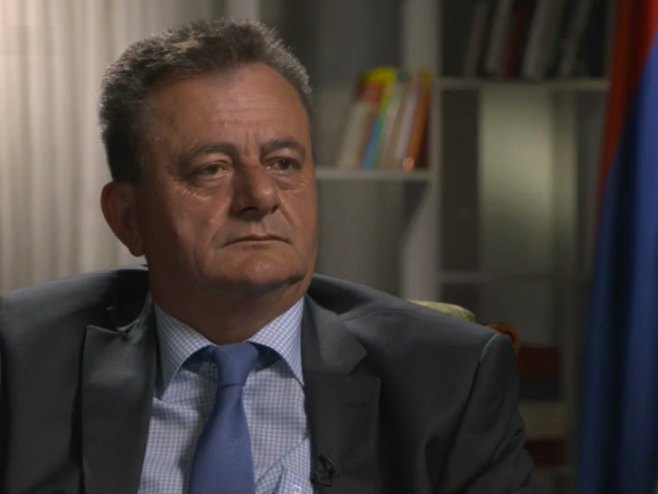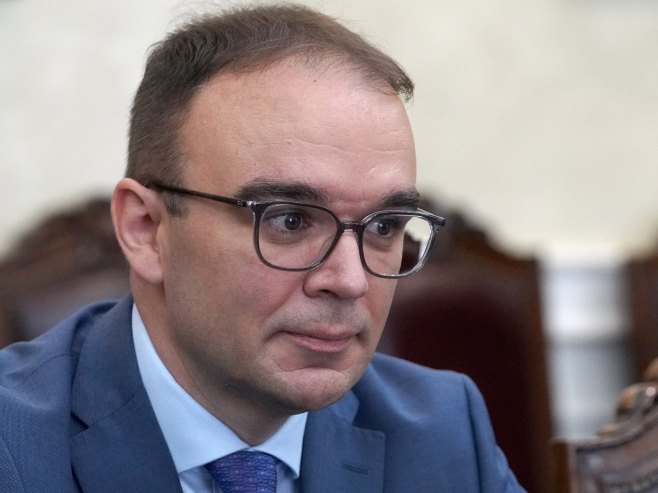Mrkonjić Grad, a municipality located in the southwestern part of Republika Srpska, is recognized for its turbulent history, rich traditions, mountainous landscape, and high-quality plum brandy, šljivovica.
Despite suffering destruction during the recent war, this small municipality has been revitalized and reborn, thanks to the enthusiasm and persistence of its inhabitants.
Throughout history, the geographical location and natural resources of Mrkonjić have attracted various peoples. The Romans built the first significant roads and highways, with remnants of the highway connecting Dalmatia and Pannonia still preserved. Along the Roman road, you can see milestones, a Roman well known as Jovana voda, and monuments dedicated to Jupiter.
The medieval life of the Mrkonjić municipality is marked by more than 500 medieval tombstones, known as stećci, and fortresses such as Soko, Prizren, and Bočac.
The town got its current name, Mrkonjić, in 1924 after King Petar I Karađorđević Mrkonjić, who fought in this area during the Bosnian-Herzegovinian uprising, part of the national movement to liberate Serbs from Ottoman rule.
Mrkonjić Grad is also notable for being the site of the First Session of ZAVNOBiH (State Anti-Fascist Council for the National Liberation of Bosnia and Herzegovina) on November 25, 1943.
Balkana and Zelenkovac: main features of Mrkonjić Grad
The tourist-recreational center “Balkana,” located four kilometers from the town, features two artificial lakes (Veliko and Malo) nestled in the valley of Lisina Mountain.
Balkana is equally appealing and beautiful throughout all four seasons, offering visitors opportunities for walking, swimming, sunbathing, fishing, skiing, and hiking. There is also a paragliding camp on Balkana, which attracts extreme sports enthusiasts from many European countries.
The tourist offer is complemented by the event “Mowing Days on Balkana – Lazar Laketa Memorial,” a traditional grass mowing competition with a sickle, which will be held for the 31st time this year.
One of the symbols of Mrkonjić Grad is the varcarka, a sickle named after Varcar Vakuf, the former name of Mrkonjić Grad, where these sharp blades have been made for centuries. The secret of crafting these precise and durable tools has been passed down from generation to generation, with local masters and blacksmiths carefully preserving the tradition.
Mrkonjić Grad is also home to the mountain retreat of Zelenkovac, located in the village of Podrašnica. This peaceful spot, adorned with pine forests, is a haven for artists and a place where jazz music can be heard.
The Zelenkovac stream flows through the area, where, centuries ago, about fifteen watermills were built. In 1985, one of these watermills was transformed into a studio by the painter Borislav Boro Janković.
Janković opened an art gallery in the renovated mill, named “Why Didn’t Boro Leave!?” In April 2002, the area was designated as an ecological zone.
Aleksandra Gavrić, a trade and tourism associate at the Economic Development Agency of Mrkonjić Grad, told Srna that Zelenkovac is an isolated place where the beautiful natural environment, almost untouched by human hands, creates the feeling of being miles away from everything.
“At Zelenkovac, visitors can explore a gallery rich with a collection of artworks, and cultural and entertainment events are also organized here, among which the international Jazz Festival stands out, attracting tourists from all over the world,” said Gavrić.
Natural gems of Mrkonjić Grad
The natural gem of Mrkonjić Grad, Lisina Mountain, stands at 1,467 meters and is synonymous with the richest and most thoroughly researched mushroom habitats in Bosnia and Herzegovina.
Lisina is home to over 1,300 mushroom species and 360 natural springs of drinking water. The “Mushroom Days” event is held annually on the last weekend of September, featuring education, mushroom gathering, exhibitions, and tastings.
Just 15 kilometers from the town lies Bočac Reservoir, formed by the construction of a dam for the Bočac hydroelectric power plant. Thanks to its length, width, and depth, the reservoir is ideal for water sports and recreation.
Gavrić mentioned that the reservoir is rich in freshwater fish, such as brown trout, huchen, chub, and barbel, making it a true trophy for anglers.
Near the reservoir are the remains of Bočac Fortress, one of the medieval cities – fortresses, built above the Vrbas canyon. The fortress was first mentioned in 1446.
Visitor center “Pecka”
In recent years, the Visitor Center “Pecka” has also attracted the attention of tourists. The center is located in the former elementary school in Gornja Pecka. The building was renovated as part of the “Grain Route” tourism development project, funded by the EU.
The Sana River originates in Pecka, and 15 kilometers away is the source of the Pliva River. Above the center, a ridge of rocks rises, giving Pecka its name and now serving as the largest natural climbing site in Bosnia and Herzegovina.
Pecka is an ideal spot for hiking, climbing, cycling, and trekking, with the center offering infrastructure, accommodation, and meals for up to 60 people.
Not far from Pecka is the village of Medna, where, at the site of Crkvište in the hamlet of Lekići, the relics of monks Serafim, Avakum, and Mardarije were found.
The relics were unearthed in 2006 and placed in the Church of the Nativity of the Blessed Virgin Mary, and a chapel was built on the site where they were discovered.
Gastronomy – buckwheat dishes and šljivovica
The gastronomy of Mrkonjić Grad features dishes made from buckwheat and corn flour, such as buckwheat bread, porridge, cornbread, pies, fritters, kaymak, cheese, sour milk, roasted kid and lamb, veal under the bell, and the traditional 43-degree plum brandy, šljivovica.
The Economic Development Agency, in cooperation with the municipality and the “Petar Kočić” Cultural and Sports Center, organizes the agricultural product fair “Aranđelovdanski vašar” each year, featuring four events: the Domestic Brandy Festival, the Ethno-Festival “Apple” (culinary offer), the “Golden Fingers” handicraft exhibition, and Honey Days.
The goal of the fair is to promote and preserve agricultural products, traditions, and customs of the local people, as well as the traditional values of agricultural activities in Republika Srpska.
Source: See Srpska









